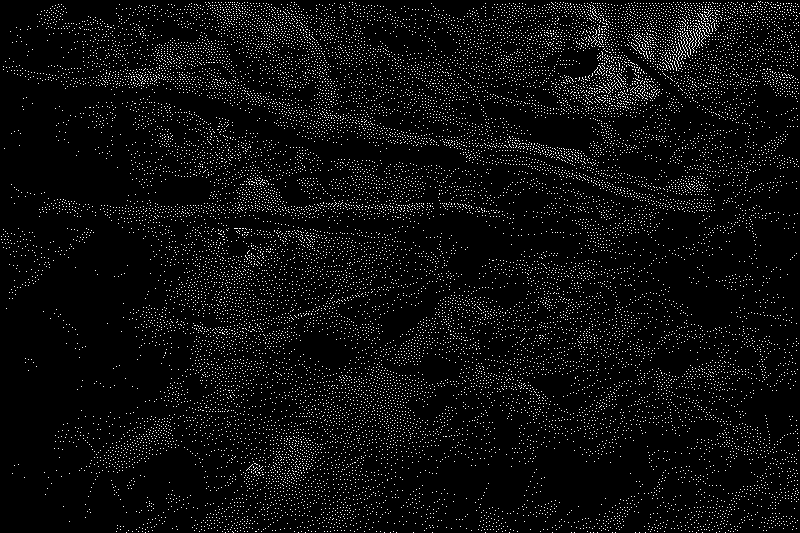
Table of contents
Introduction
There’s no mystery that our relationship to nature and the way ecosystems work has shifted dramatically over time, basically almost from the time we started large scale cultivation of crops. Things got further aggravated during colonization with the import of exotic plants, animals and bugs that disrupted the existing relationships and balance present in the native ecosystem.
Rewilding is defined as “the planned reintroduction of a plant or animal species and especially a keystone species or apex predator (such as the gray wolf or lynx) into a habitat from which it has disappeared (as from hunting or habitat destruction) in an effort to increase biodiversity and restore the health of an ecosystem” by the Merriam Webster dictionary
Agroecology is defined as “an ecological approach to agriculture that views agricultural areas as ecosystems and is concerned with the ecological impact of agricultural practices”
Concrete examples
Shelled legumes contribute to re-inject nitrogen in the soil by channelling it from the atmosphere through their leaves and passing it down in the earth through their roots by a symbiotic process with bacteria. This could be used as an alternative to chemical nitrogen fertilizers which are derived from natural gas and petrol and release a lot of green house gases in the process of their manufacture.
Native Americans have been using a technique called the three sisters in order to maintain the quality of the soil they use to grow food. It consisted of planting corn, squash and beans in alternating rows.
Preserving and nurturing biodiversity is another way to make communities more resilient to crop failures caused by bacterias, fungus, insects or viruses (see the great famine in Ireland). The more varieties are cultivated or growing in an area the more rich and complex the ecosystem will be. And the easiest way to encourage that biodiversity is to into the local soil and learn about the native species that grow well in it.
8 Steps to rewilding a piece of land according to Douglas Tallamy
-
Shrink your lawn. Tallamy recommends halving the area devoted to lawns in the continental United States—reducing water, pesticide and fertilizer use. Replace grass with plants that sustain more animal life, he says: “Every little bit of habitat helps.”
-
Remove invasive plants. Introduced plants sustain less animal diversity than natives do. Worse, some exotics crowd out indigenous flora. Notable offenders: Japanese honeysuckle, Oriental bittersweet, multiflora rose and kudzu.
-
Create no-mow zones. Native caterpillars drop from a tree’s canopy to the ground to complete their life cycle. Put mulch or a native ground cover such as Virginia creeper (not English ivy) around the base of a tree to accommodate the insects. Birds will benefit, as well as moths and butterflies.
-
Equip outdoor lights with motion sensors. White lights blazing all night can disturb animal behavior. LED devices use less energy, and yellow light attracts fewer flying insects.
-
Plant keystone species. Among native plants, some contribute more to the food web than others. Native oak, cherry, cottonwood, willow and birch are several of the best tree choices.
-
Welcome pollinators. Goldenrod, native willows, asters, sunflowers, evening primrose and violets are among the plants that support beleaguered native bees.
-
Fight mosquitoes with bacteria. Inexpensive packets containing Bacillus thuringiensis can be placed in drains and other wet sites where mosquitoes hatch. Unlike pesticide sprays, the bacteria inhibit mosquitoes but not other insects.
-
Avoid harsh chemicals. Dig up or torch weeds on hardscaping, or douse with vinegar. Discourage crabgrass by mowing lawn 3 inches high.